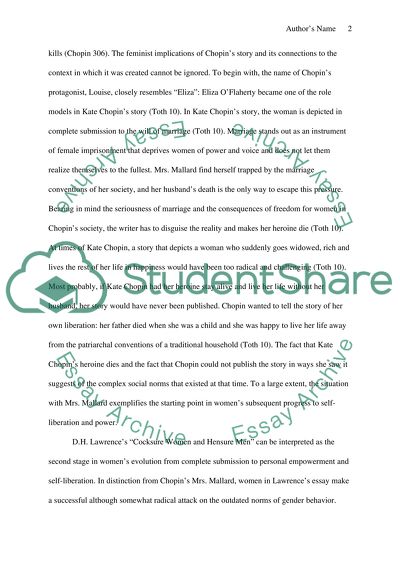Cite this document
(“The Role of Women Research Paper Example | Topics and Well Written Essays - 1250 words”, n.d.)
Retrieved from https://studentshare.org/literature/1442709-the-role-of-women
Retrieved from https://studentshare.org/literature/1442709-the-role-of-women
(The Role of Women Research Paper Example | Topics and Well Written Essays - 1250 Words)
https://studentshare.org/literature/1442709-the-role-of-women.
https://studentshare.org/literature/1442709-the-role-of-women.
“The Role of Women Research Paper Example | Topics and Well Written Essays - 1250 Words”, n.d. https://studentshare.org/literature/1442709-the-role-of-women.


